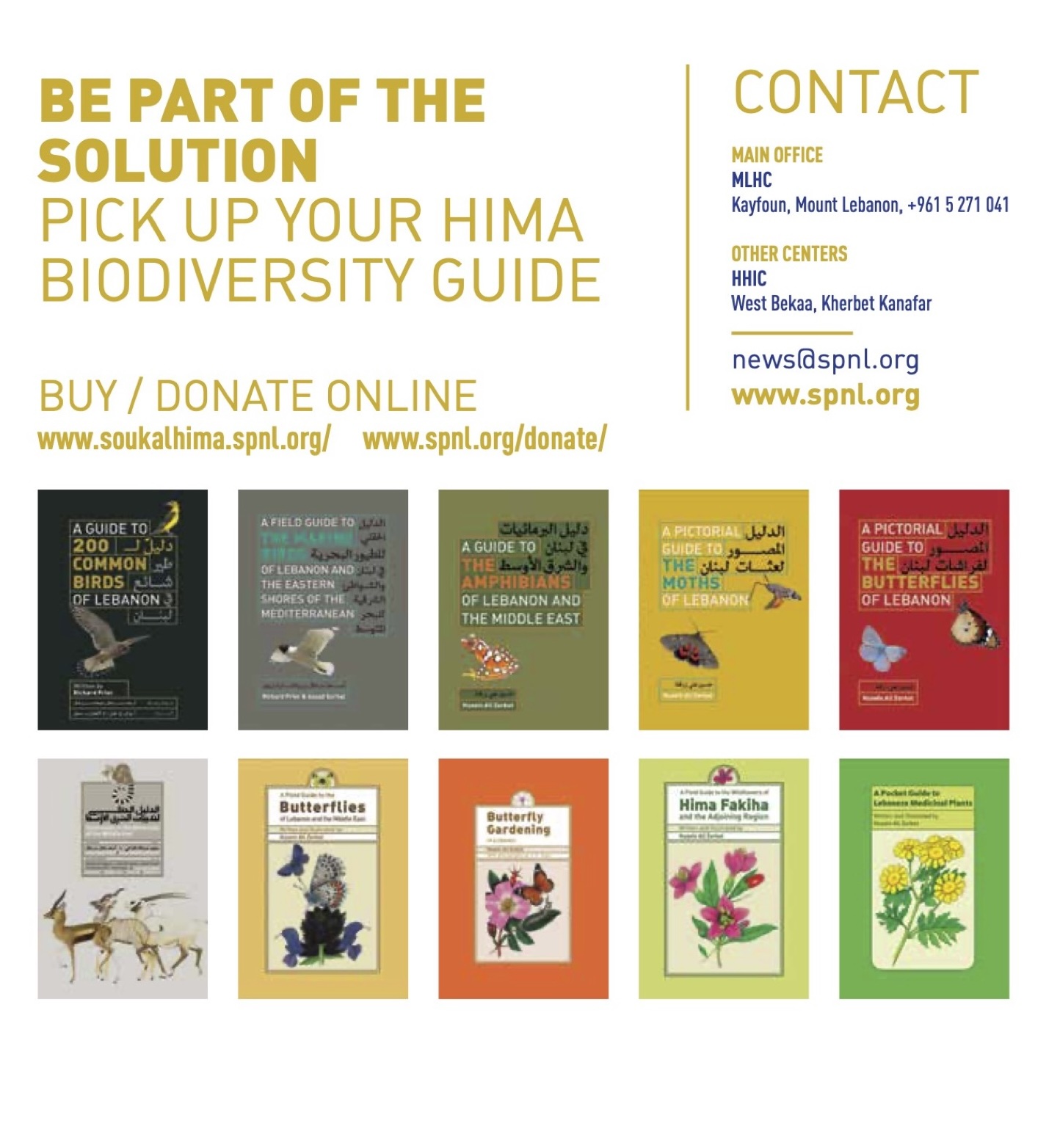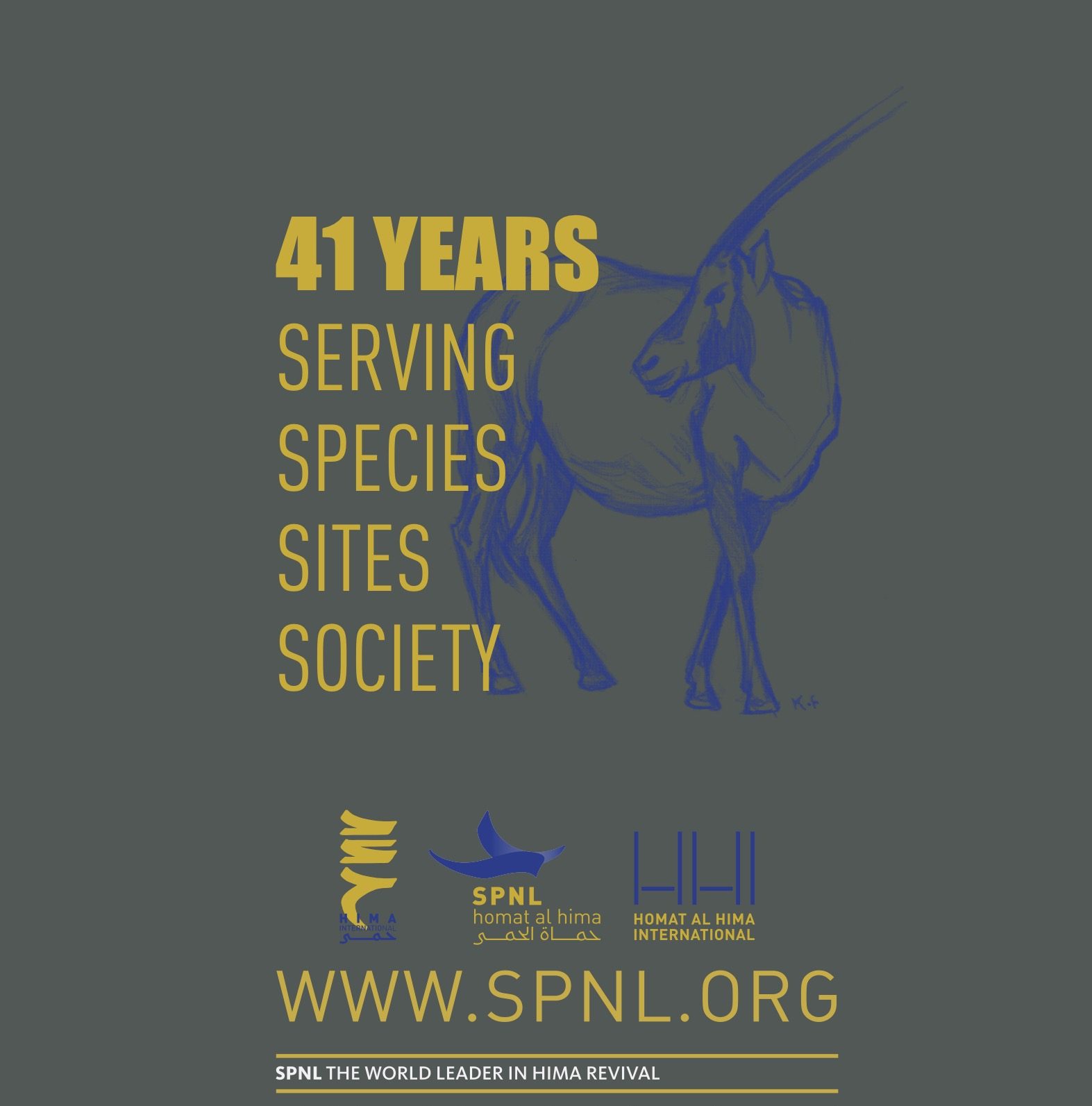With its graceful flight and noble presence, the White Stork continues to capture the imaginations of people around the world, embodying hope, and happiness for generations.
Key info
- Latin name: Ciconia ciconia
- IUCN status: Least Concern
- Global population: The global population size is estimated at 700,000-704,000 individuals. [1] The European population is estimated at 502,000-563,000 mature individuals.[2]
- Migration Route: African-Eurasian flyway
Description
- Wingspan: 155–165 cm
- Life span: up to 40 years
- Distinct features: black-tipped white feathers and long red beak and legs
- Favourite food: opportunistic, eats insects, small mammals, amphibians, reptiles and carrion.
- Top Speed: 110 km/h (while gliding)
- Habitat: open habitats such as grasslands, wetlands, and agricultural fields
Flight for Survival
With its graceful flight and noble presence, the White Stork continues to capture the imaginations of people around the world, embodying hope, and happiness for generations. This majestic bird breeds in a variety of habitats across Europe and North Africa, notably in open areas like farmlands and wetlands. It demonstrates a steadfast loyalty to its breeding grounds and partner. The bird actively seeks the proximity of human settlements, favouring high points in the landscape like chimneys or electricity pylons. Unfortunately, this makes it highly susceptible to electrocution and collisions with power lines, posing a significant threat to its population.
During migration, they embark on daytime journeys, covering vast distances to reach their wintering grounds in Sub-Saharan Africa. They rely on the uplift of air thermals to effortlessly soar and glide across the expansive sky on their annual migrations. While the shortest route would take them directly over the Mediterranean Sea, the absence of air thermals over water forces storks to divert their flight paths. Instead, they navigate over land, following Western and Eastern routes that funnel them through strategic sea straits of the Gibraltar and Bosporus. This detour ensures they can efficiently utilise air currents to aid their journey southward.
On the western migration route, a growing proportion of the White Stork population no longer fly to Africa for the winter but spend the season on the Iberian Peninsula, leading to lower winter mortality. Some individuals even choose to remain in their breeding areas year-round.
Storks face numerous human induced threats along the way, including habitat loss, collisions with power lines, and illegal hunting.
BirdLife’s work
Since 1934, the White Stork Census has been carried out to monitor global population trends, with surveys being conducted every ten years. It is the oldest regular monitoring programme in the world and provides a comparatively accurate overview of regional and global population sizes as well as population trends. In 2024, NABU (BirdLife Germany) is taking initiative to coordinate the 8th Worldwide White Stork Census in close cooperation with BirdLife International. Keep an eye out on their website to check out how the census works and how you can take part.

Many of our Partners are also engaged in activities such as installing platforms on pylons to create safer nesting environments for storks. Several of them are involved in the ‘European Stork Villages’, an initiative of EuroNatur to help counterbalance the habitat loss of storks in Europe.
Interesting facts
Fire insurance
The White Stork holds a special place in folklore as the iconic bearer of newborn babies to expecting parents, symbolising joy and new beginnings. Additionally, the presence of a stork’s nest atop a house was traditionally believed to offer protection against fires, adding to its revered status as a bringer of good fortune.
Keeping cool…in a rather strange way
Storks have a unique way of keeping cool during hot weather called urohidrosis. Instead of sweating like humans, they have a rather peculiar method—they poop on their legs! This might sound strange, but it is actually their own version of a natural air conditioning system. As the moisture from their droppings evaporates, it cools down their legs, providing relief from the heat.
Percussionists at heart
The stork’s distinctive clattering sound is made even louder by its unique throat pouch. Check out this fantastic video to hear it in action!
[1]Wetlands International (2018). Annex 1 to the 7th edition of the AEWA Conservation Status Report.
[2] BirdLife International (2021) European Red List of Birds.






